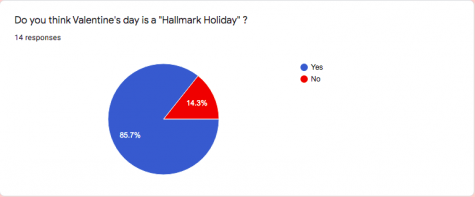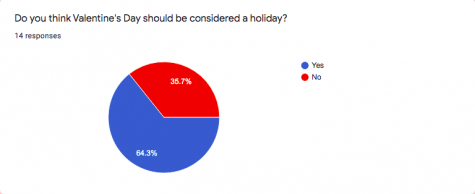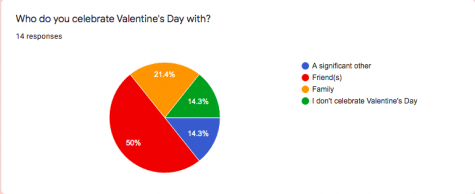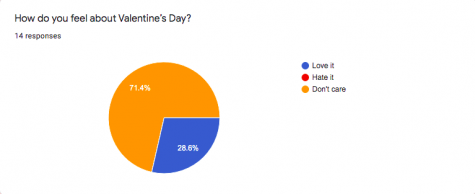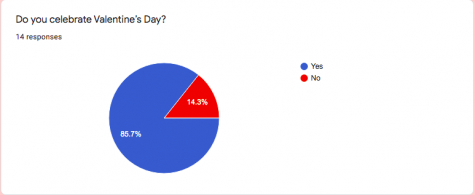History Behind the Hearts: What’s the Story of the Valentine’s Day We Know?
February 12, 2021

If you’re a chocolate lover, chances are February 15th is one of your favorite days of the year. With all the heart-shaped packages of the assorted sweets on sale right after Valentine’s Day, it’s a perfect time to treat yourself. The only better situation is getting chocolate as a gift from family, friends, or maybe someone who’s more than a friend on February 14th itself. But have you ever wondered why giving people you care about things like chocolate on this “holiday of love” became a tradition?
Before we explore that, let’s dive into the roots of Valentine’s Day at its core. It’s believed by some that the holiday stemmed from the Roman festival Lupercalia, which was celebrated from February 13th to 15th. During this period, pagan Romans observed symbolic rites that were said to bolster fertility. Organized matchmaking may have been involved, but historians don’t know for sure. This and the mid-February date are the only connections between Lupercalia and the Valentine’s Day we recognize in modern times. To read more about Lupercalia, check out this article from TIME, but please be aware that it may be disturbing to some readers due to mentions of mild violence and sexuality.
The Roman festival wasn’t the only possible origin for Valentine’s Day. This next one is more direct. In the late 5th century CE, Pope Gelasius I designated February 14th as a feast day to honor the martyred Saint Valentine– or possibly multiple Saint Valentines. (We know there were a few, and two were executed by Emperor Claudius II’s command in different years.) Legends vary, but it’s commonly agreed that Valentine officiated marriages in secret when Claudius II, believing that it would better their chances of joining the army, banned young men from being married to anyone.


For nearly 900 years, Valentine’s Day remained without romantic connotations. The first inklings of it having to do with love entered the narrative around 1382, with the publishing of Geoffrey Chaucer’s poem The Parliament of Fowls. In it, readers are shown “a large flock of birds who are gathered to choose their mates” (Librarius) on “Seynt Valentynes” Day. It came to be thought of as prime time for lovebirds, avian or otherwise. From then, the holiday has grown from a day for romantic lovers to celebrate their relationships into one that puts a spotlight on all kinds of love– romantic, platonic, familial, or otherwise. (“Valentine’s Day is all about showing those that you love how important they are to you. These can be romantic partners, friends and family!” notes Bayly Drinnan, a senior at Panther Creek.) It’s also climbed like a vine outside of a single day and taken commercial root in the entire first half of February, when you’d be hard pressed to find a retail chain without large, eye-catching Valentine’s Day displays encouraging you to buy pink treats, heart-shaped balloons, stuffed animals, greeting cards and more for your loved ones.
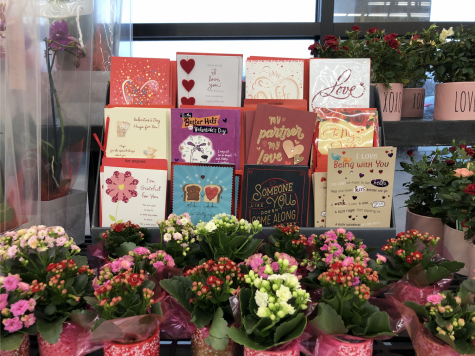
The little gifts you exchange with people you care about on the holiday precede the money-oriented boom, however. This is where we merge back into our initial question: where did the ideas for these traditional gifts originate? As early as the middle ages, the works of Chaucer and William Shakespeare had popularized and romanticized Valentine’s Day across Europe, and little handmade cards of paper were common things to swap with your beloved. By the time the industrial revolution rolled around in the 19th century, cards could be factory-made. In 1913, the Hallmark card company we know so well today had begun mass-producing Valentine’s cards in Kansas City, Missouri.

As for chocolate? Although it hasn’t been scientifically proven, chocolate was believed to be an aphrodisiac since the age of the Aztec Empire, when cacao was often prepared as an expensive frothy liquid. Eventually, it became popular among European nobility. By the time the first non-liquid chocolate in the form of a bar was produced by J.S. Fry + Sons in 1847, it had become an affordable delicacy for the middle class. In 1861, the famous Cadbury company launched Fancy Boxes of assorted chocolate candies, and by 1868 a heart-shaped Fancy Box was created for Valentine’s Day, solidifying chocolate’s relationship to the holiday. (The Victorians of the age loved Fancy Boxes not just because of the treats themselves, but because they could keep trinkets and love letters in the gorgeous boxes after they were empty.)

Meanwhile, flowers, while not a romantic symbol unique to Valentine’s Day, are a popular gift for it. People have been using floral arrangements as messages for ages. Charles II of Sweden is credited with introducing flower language to a mass of people in the 18th century, establishing a custom of occasionally sending bouquets in place of messages. Romantic couples in February often exchange the flowers typically considered to have romantic meanings, such as red roses, which are commonly used to symbolize passion and true love. The symbolism of this iconic Valentine’s Day flower predates Charles II, however. In Roman mythology, they were the favorite flower of Venus, the goddess of love. Before the Romans adapted the Greek pantheon for their own use, in Greek mythology, red roses were connected to Aphrodite, the goddess of love and beauty. In classical literature such as Ovid’s Metamorphoses, there are a few different versions of the story, depending on translations. In one, all roses were white until Aphrodite cut her heel on a thornbush while running to her lover, Adonis, who had been killed by a boar; her blood stained some of the flowers red. In another, red roses sprouted from the ground where Aphrodite’s tears fell over Adonis.
The history of these gifts is by no means recent, but they’re not all that Valentine’s Day is about! “When I think of Valentine’s Day, I think of a day designated to expressing one’s love and feelings toward someone or something,” says Panther Creek junior Maab Sulieman. “I think that it’s about love in general, so it could be towards family, friends, and those you appreciate not just romantically,” she adds.


